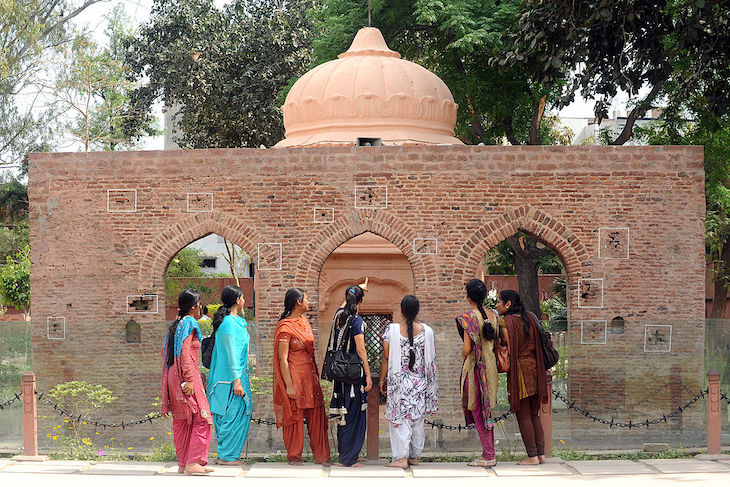Growing up I remember my late grandfather, a former commissioned officer in the British Indian Army, being fixated by re-runs of Richard Attenborough’s award-winning film Gandhi. One scene stood out. In the film Attenborough immortalised an event that Churchill referred to as ‘monstrous’, and David Cameron ‘a deeply shameful event in British history’ – the Jallianwala Bagh.
On 13 April 1919 15-20,000 civilians (including some peaceful protestors) in a walled garden (or bagh) in Amritsar marking the festival of Vaisakhi, were mercilessly gunned down without warning by British troops. According to official figures, 379 men, women and children were killed and over a thousand injured, with 1,650 rounds of ammunition continuously fired for ten minutes. Brigadier-general Reginald Dyer, who ordered the attack, perversely saw himself as an enforcer of martial law against a burgeoning revolutionary movement (especially in the Punjab and Bengal) which the Empire feared would lead to mutiny. But rather than repressing Indian nationalists, and regardless of Dyer’s justification, ‘I shot to save the British Raj’, Jallianwala Bagh became a seminal moment for India’s independence struggle and marked the beginning of the end of colonial rule.

Britain’s best politics newsletters
You get two free articles each week when you sign up to The Spectator’s emails.
Already a subscriber? Log in






Comments
Join the debate for just £1 a month
Be part of the conversation with other Spectator readers by getting your first three months for £3.
UNLOCK ACCESS Just £1 a monthAlready a subscriber? Log in